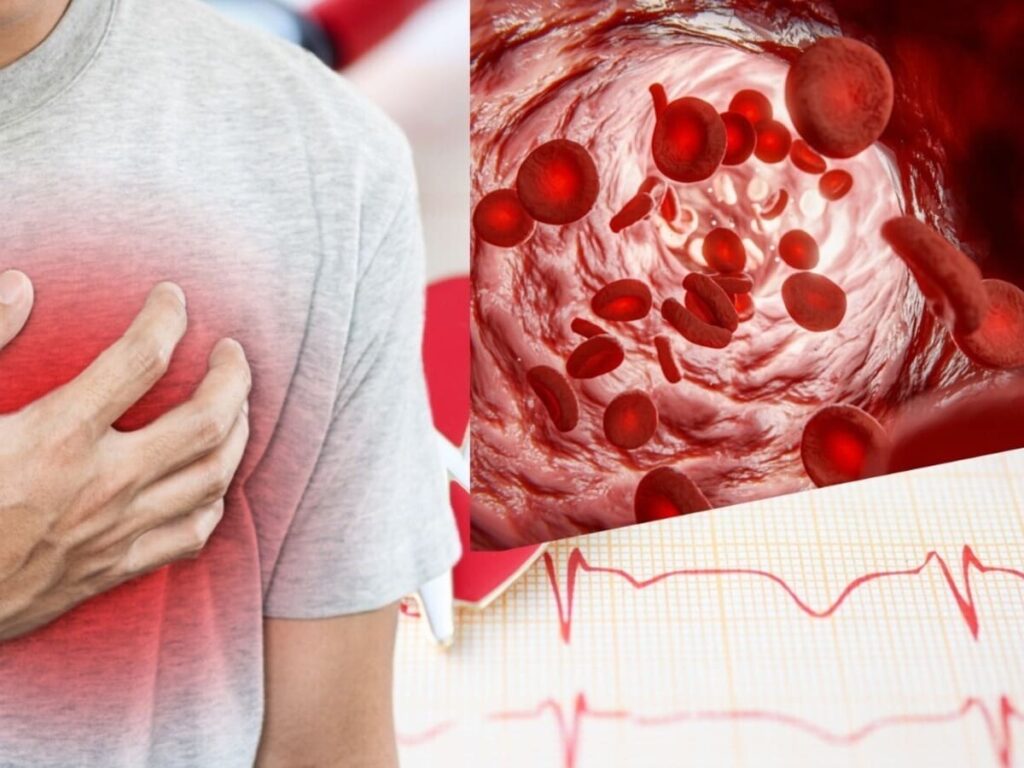Proper blood circulation is essential for maintaining overall health and preventing serious health issues, such as heart disease and stroke. Poor blood circulation can lead to various complications, and recognizing its symptoms is crucial for timely intervention. In this article, we will explore the common signs of poor blood circulation, the underlying causes, and effective remedies to improve circulation.
Understanding Blood Circulation
Blood circulation is the process by which blood moves throughout the body, supplying oxygen and nutrients to tissues while removing waste products. The heart, blood vessels, and blood play pivotal roles in this system. Any disruption in this process can lead to poor circulation, impacting overall health.
Common Symptoms of Poor Blood Circulation
Identifying the symptoms of poor blood circulation early can help prevent severe complications, including heart disease and stroke. Here are some of the most common signs:
1. Cold Hands and Feet
Feeling cold in extremities, especially in the hands and feet, can indicate poor circulation. When blood flow is restricted, these areas are often the first to feel the effects.
2. Numbness and Tingling
Numbness or a tingling sensation in the limbs can signify inadequate blood flow. This may result from pressure on nerves or restricted blood vessels.
3. Fatigue and Weakness
Chronic fatigue and muscle weakness, particularly in the legs, may be symptoms of poor circulation, indicating that the muscles are not receiving enough oxygen and nutrients.
4. Swelling and Edema
Swelling in the legs or feet is often a result of fluid accumulation due to poor circulation. This can lead to discomfort and mobility issues.
5. Changes in Skin Color
Poor circulation may cause the skin to appear pale or bluish, particularly in the extremities. This change in color indicates a lack of oxygen-rich blood reaching the surface.
6. Varicose Veins
Enlarged, twisted veins, commonly known as varicose veins, can develop as a result of poor blood flow. They are often painful and can lead to further complications if not treated.
7. Frequent Cramping
Cramps, particularly in the legs during physical activity, can suggest that muscles are not receiving ample blood supply, leading to discomfort.
Factors Contributing to Poor Blood Circulation
Several factors can lead to poor blood circulation, including:
- High blood pressure
- Diabetes
- Obesity
- Smoking
- Lack of physical activity
- High cholesterol levels
Maintaining Healthy Blood Circulation
Improving blood circulation can be achieved through a combination of lifestyle changes and medical intervention:
1. Regular Exercise
Engaging in physical activity helps to enhance circulation by promoting healthy blood flow. Aim for at least 150 minutes of moderate aerobic exercise weekly.
2. Healthy Diet
A diet rich in fruits, vegetables, whole grains, lean proteins, and healthy fats can support cardiovascular health and improve circulation. Foods high in omega-3 fatty acids, such as fish and walnuts, are particularly beneficial.
3. Stay Hydrated
Drinking enough water is essential for maintaining blood volume and facilitating circulation. Aim for at least 8 glasses of water a day.
4. Avoid Tobacco and Limit Alcohol
Quitting smoking and limiting alcohol consumption can significantly improve vascular health and circulation.
5. Manage Stress
Practicing stress-reducing techniques such as yoga, meditation, and deep breathing can have positive effects on circulation and overall health.
When to Seek Medical Attention
If you notice persistent symptoms of poor circulation, it is important to consult a healthcare professional. Early diagnosis and treatment can help manage underlying conditions effectively and reduce the risk of serious health issues.
Conclusion
Recognizing the symptoms of poor blood circulation is vital for preventing serious health problems like heart disease and stroke. By understanding the signs and taking proactive measures to improve circulation through lifestyle changes and medical guidance, you can safeguard your cardiovascular health and enhance your overall quality of life.
